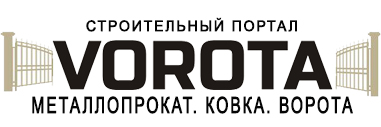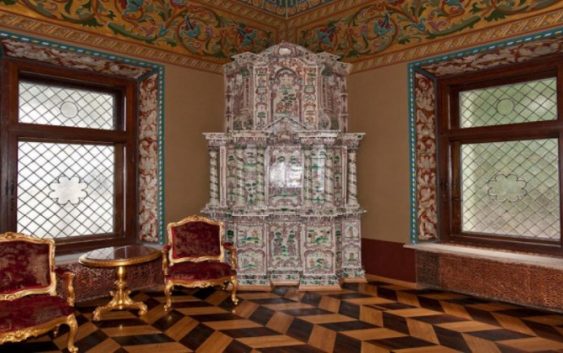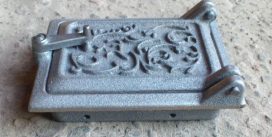The features of Dutch oven warms up quickly and for a long time gives heat, making it an excellent choice for garden, and for a small residential building.
The first mention of a Dutch oven dated XV-th century. Several reasons influenced the appearance and design features of the furnace:
- Fickle Dutch climate. Winter thaw may abruptly changed the severe frosts, so the oven was the right time to heat the room quickly, and save it in the heat.
- Architecture. Rural house the Dutch were much less Russian, therefore required a smaller furnace. If we talk about cities, Holland XV century houses were narrow and high-rise - 4-6 floors, and furnace design allowed it to stretch in height: the greater house, the higher the furnace.
Interesting fact: The first furnace was equipped with "blind furnaces", grate and ash pit absent.
By the XIX century Dutch oven spread throughout Western Europe and established as a peasant, and noble houses. But, if peasants oven performs exceptionally functional property - heating of premises, then the Dutch nobility has interior decoration. The cost of some furnaces reached enormous sums, sometimes exceeding the value of the home.
AT 1718 by Peter I banned the construction of furnaces Courneuve, no chimney. Thus began the active introduction, brought from Europe construction technology of Dutch ovens. First of all furnaces were built in houses and palaces of St. Petersburg.
To provoke the construction of Dutch, Peter I reduce the cost of materials for the construction of furnaces. volumes manufactured at the production plants has been increased for the furnace construction, refractory bricks, tiles, It began mass production of casting furnace. Petrine era can rightly be considered the time of the furnace business in Russia.
Modern Dutch oven
Today, Dutch call almost any brick heating stove. It is not likely classification, a popular name came from the eighteenth century, when any furnace except Russian called Dutch.
Heating stove - Golandka. The furnace is equipped with a furnace doors DTG 8AS "Onega" and DPU-3A Plant Litke
Heating stove - Golandka. The furnace is equipped with a furnace doors DTG 8AS "Onega" and DPU-3A Plant Litke
Compacted ash-pit door DPU-3A Plant Litke
certainly, modern oven has suffered many changes. It can be made of brick, plastered, decorated tiles, Laid in a metal box. One of the main differences with furnaces Peter's time - the presence of the ash-pit doors and grate.
Heating stove Dutch, Laid in a metal box. Equipped with a sealed furnace door DTG 8BS "Kizhi 2" Plant Litke door and sewer cleaner PRT-3 'MARAL "Plant Litke
Heating stove Dutch, Laid in a metal box. Equipped with a sealed furnace door DTG 8BS "Kizhi 2" Plant Litke door and sewer cleaner PRT-3 'MARAL "Plant Litke
Cleanout door PRT-3 "Maral" Litke Plant
Dutch oven suitable for installation in the house with occasional accommodation, such giving, and constant. This versatility is due to the, that the furnace can quickly warm a small room (30-60 sq.m.) and a long time to give heat. eg oven, built to house 60 sq. m., necessary to fire 2 once a day.
Today the master potters modernized Dutch oven chamber for baking bread, establish a modern cast iron stove casting, making furnace is not only an excellent functional thing, but the decoration of the house and garden.



